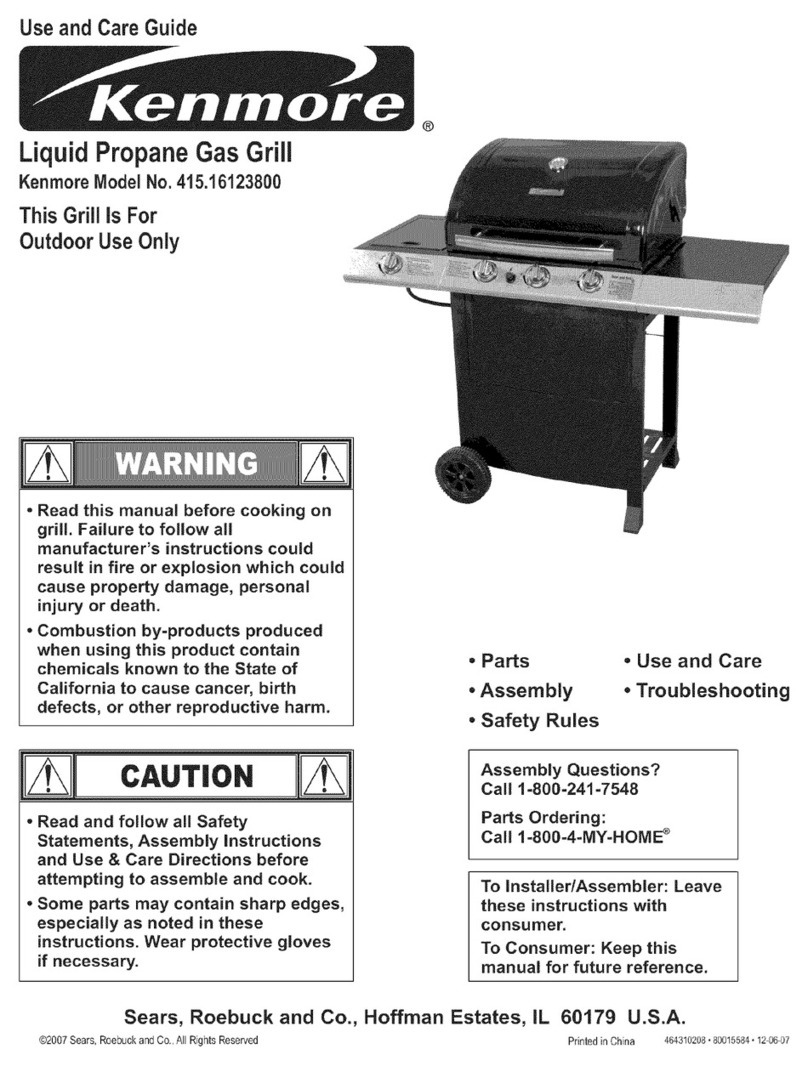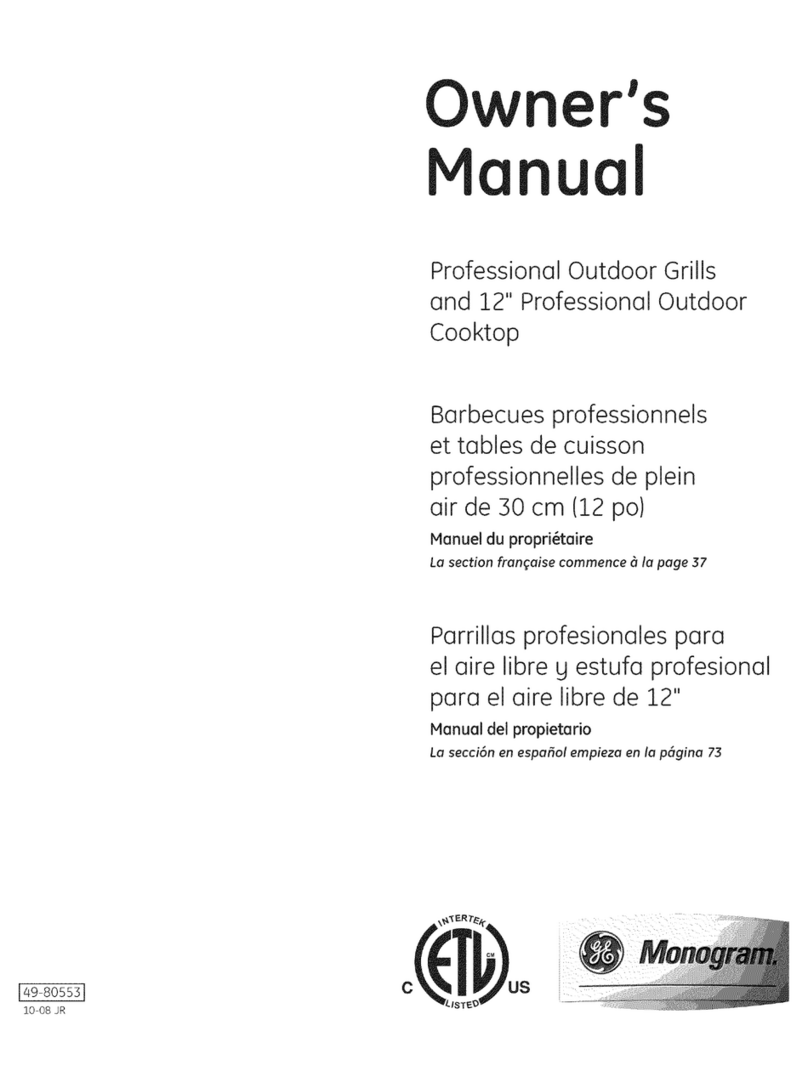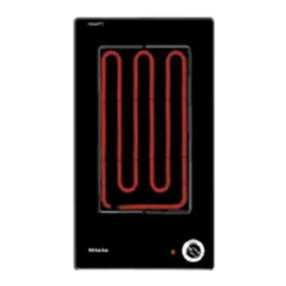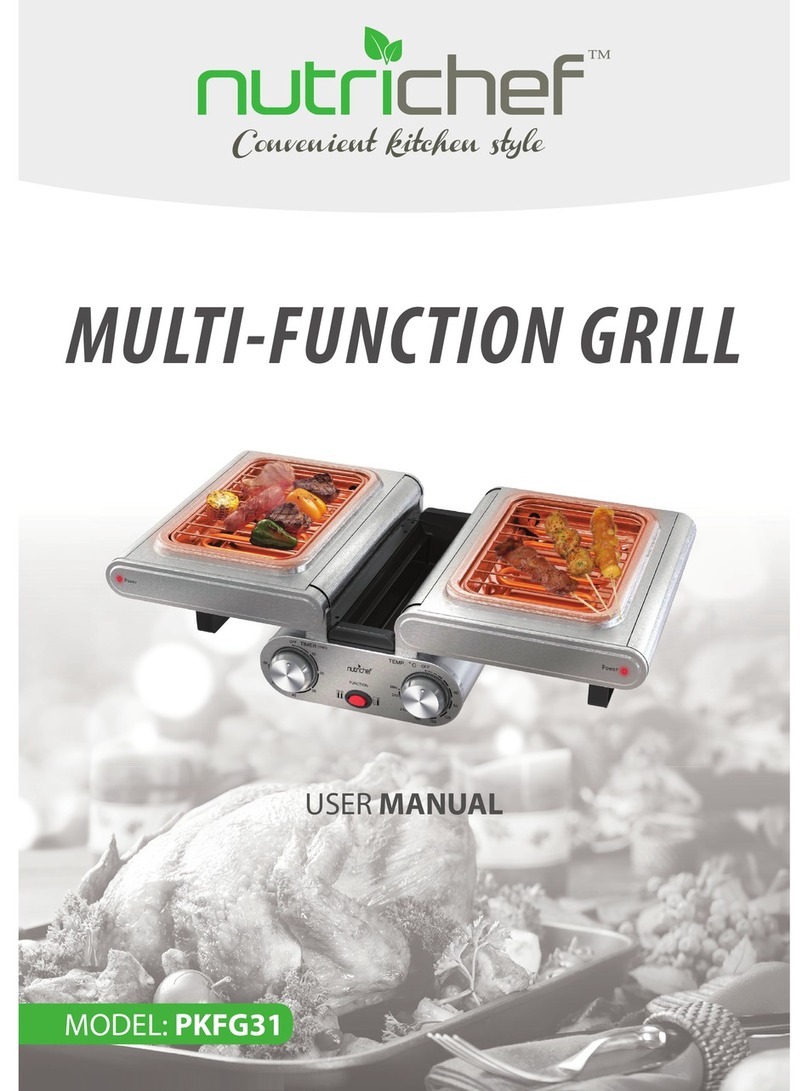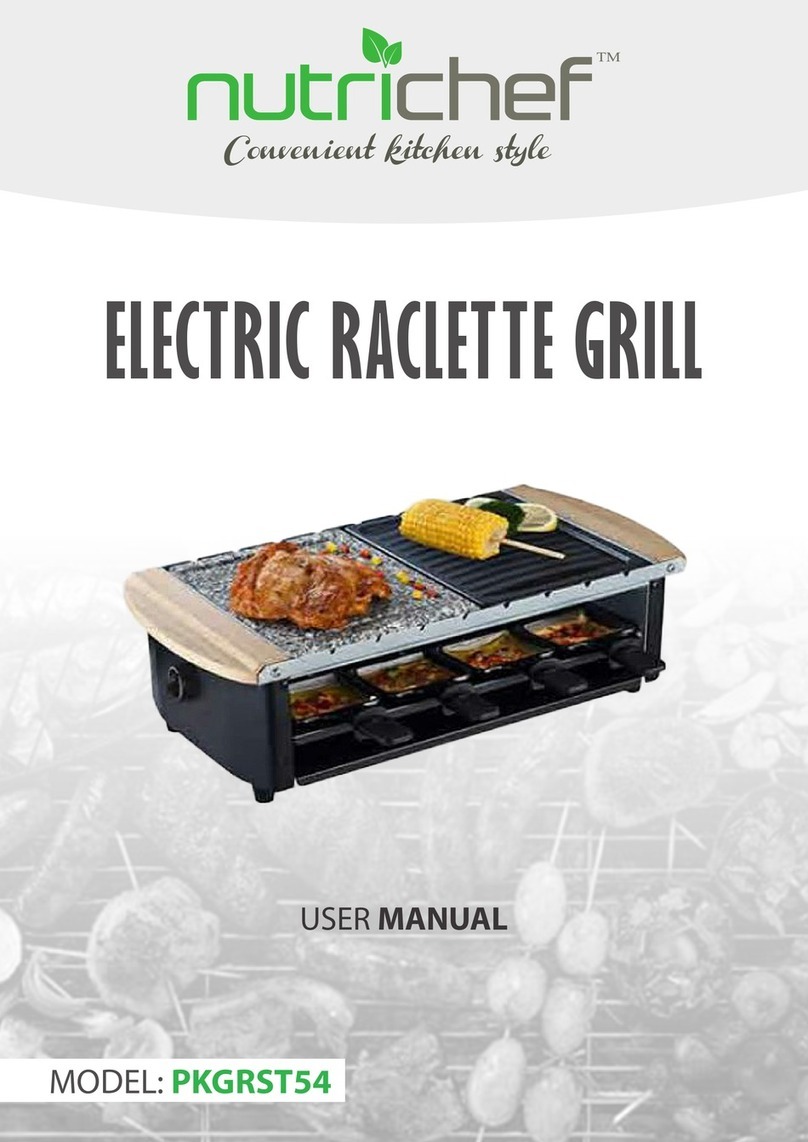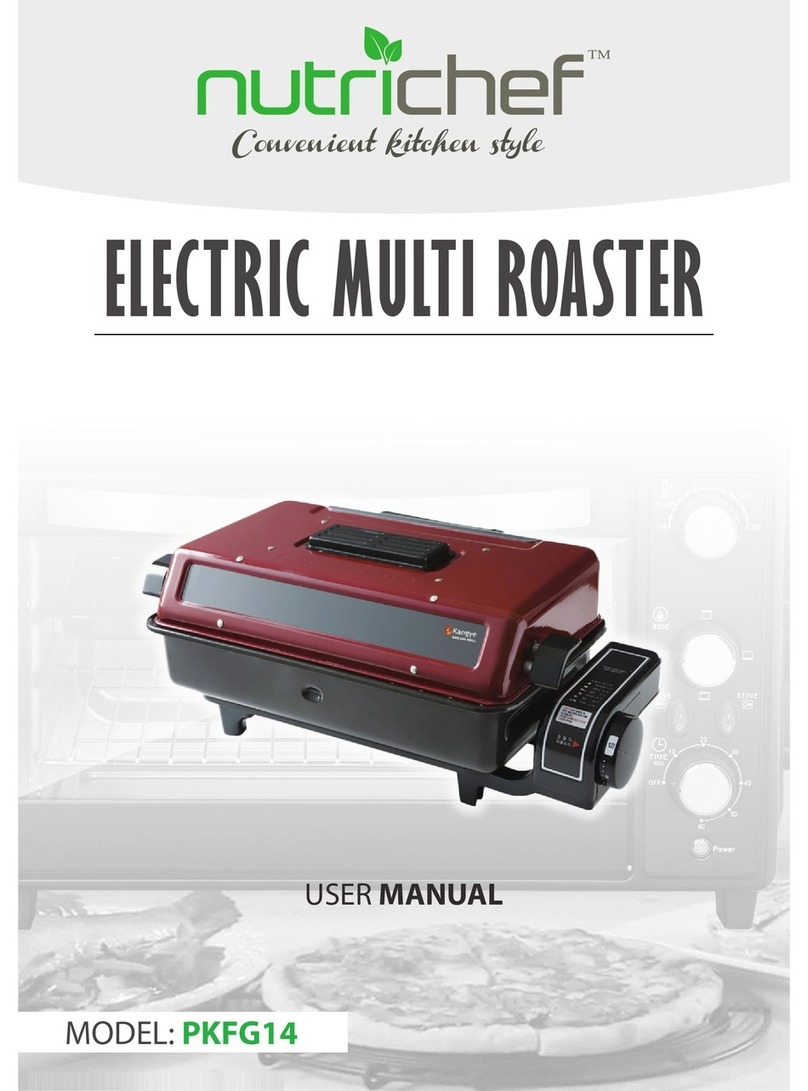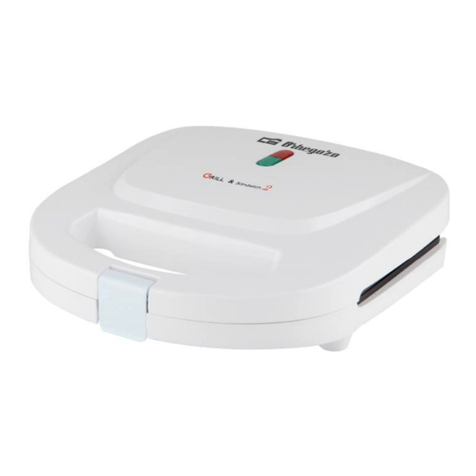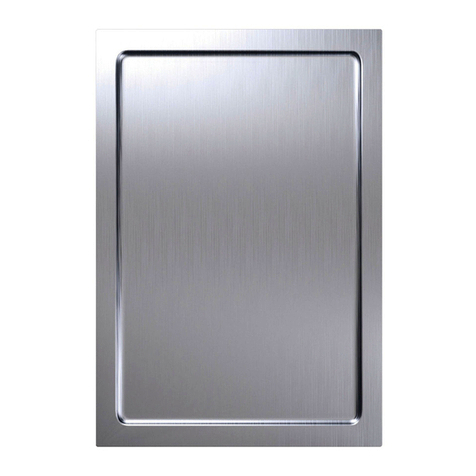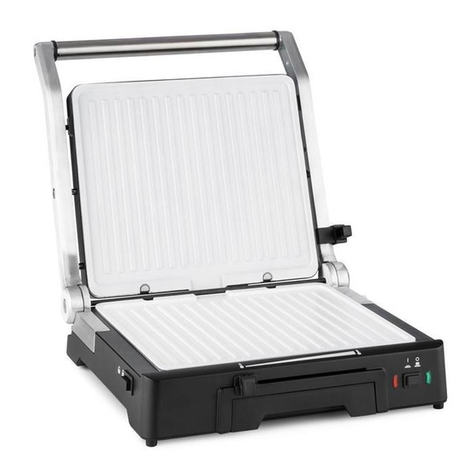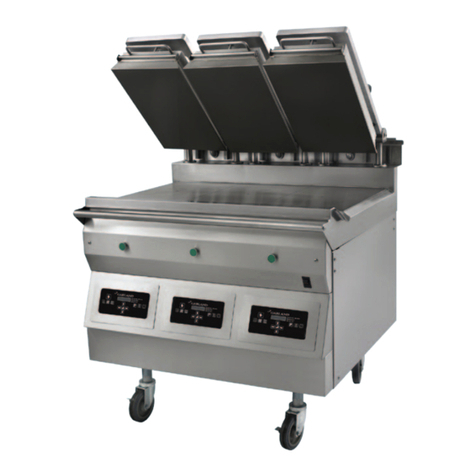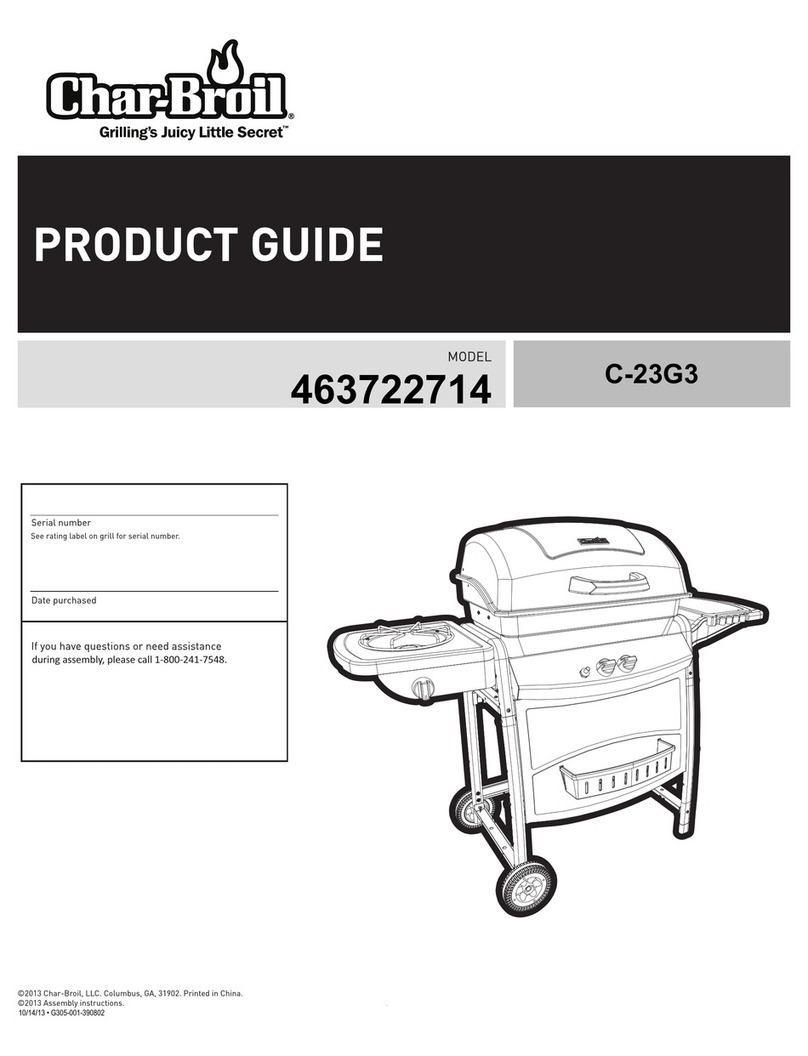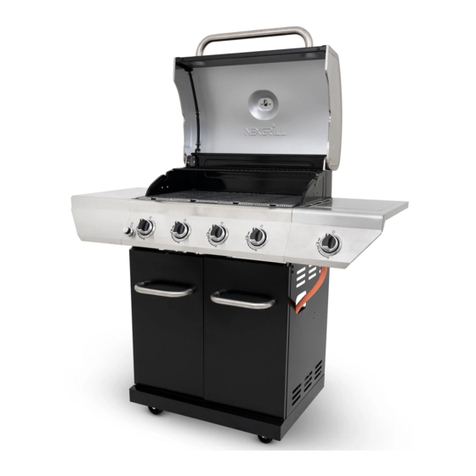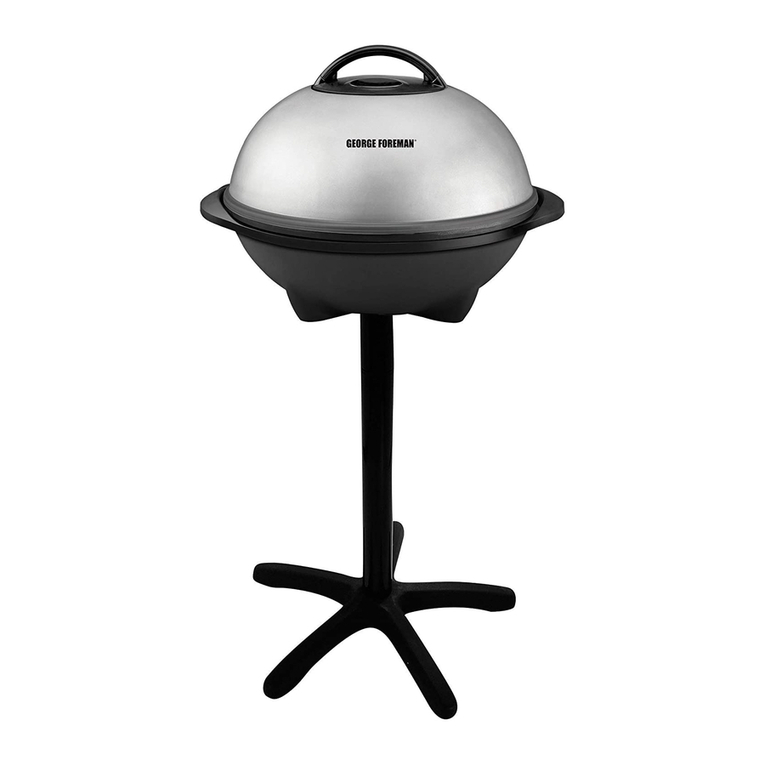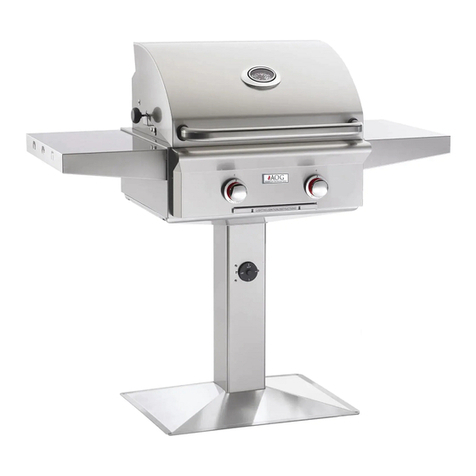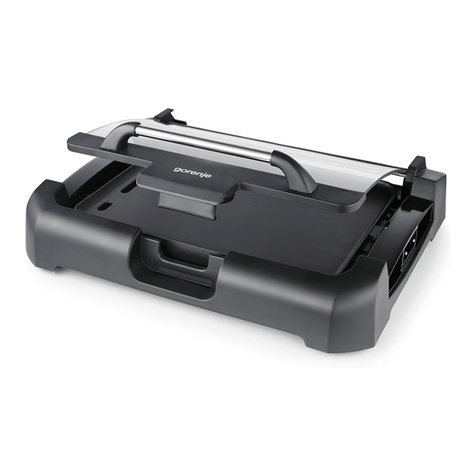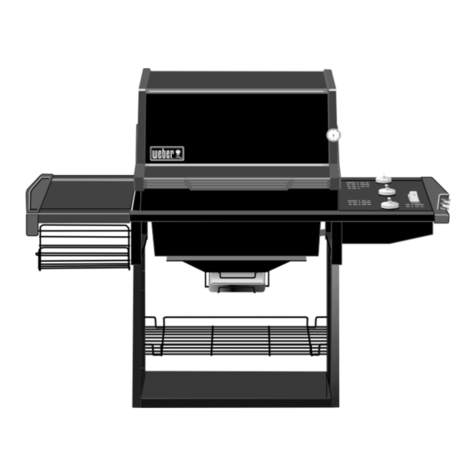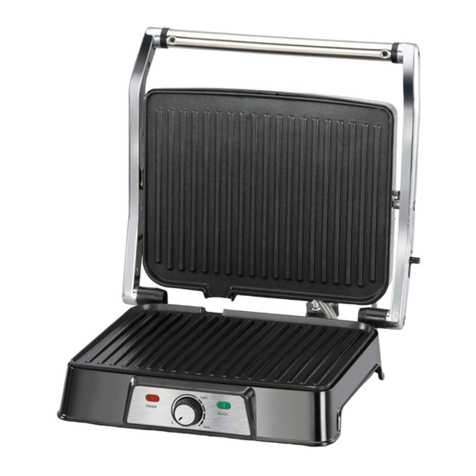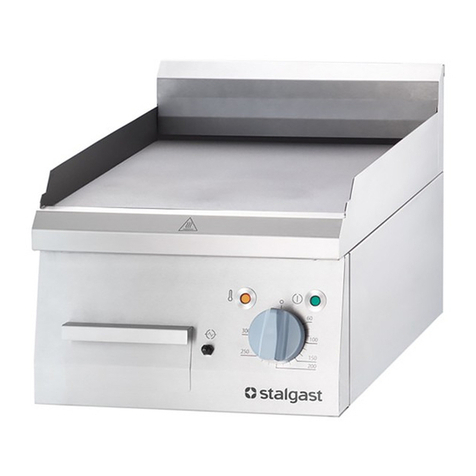
www.NutrichefKitchen.com
2
• Please read this User’s Manual in its entirety before using the grill.
• Failure to follow the provided instruction can result in seriously bodily injury and/or property damage.
• Some parts of this grill may have sharp edges. Please wear suitable protective gloves.
• Use grill, as purchased, only with LP (propane) gas and the regulator/valve assembly supplied.
• Grill installation must conform with local codes, or in their absence of local codes, with either the National Fuel Gas
Code, ANSI Z223.1/NFPA 54, Natural Gas and Propane Installation Code, CSA B149.1, or Propane Storage and
Handling Code, B149.2, or the Standard for Recreational Vehicles, ANSI A 119.2/NFPA 1192, and CSA Z240 RV Series,
Recreational Vehicle Code, as applicable.
• All electrical accessories (such as rotisserie) must be electrically grounded in accordance with local codes, or
National Electrical Code, ANSI/NFPA 70 or Canadian Electrical Code, CSA C22.1.
Keep any electrical cords and/or fuel supply hoses away from any hot surfaces.
• This grill is safety certied for use in the United States and/or Canada only.
Do not modify for use in any other location. Modication will result in a safety hazard.
If you are missing hardware or have damaged parts after unpacking grill,
NOTE: Some grill parts shown in the assembly steps may dier slightly in appearance from those on your particular
grill model. However, the method of assembly remains the same.
Key Description QTY Key Description
1 Side Burner Lid 1 32 Left side panel
2 Rotate Rod, Side burner lid 1 33 Back panel
3 Side Burner Grid 1 34 Match holder
4 S/S Side Burner 1 35 Match holder bracket
5 Side burner double electrode 1 36 Lighting rod chain
6 Side burner base 1 37 Door bracket
7 Right side shelf 1 38 Right door bracket
8 Fascia, right side shelf 1 39 Left door bracket
9 Side shelf support angle bar 1 40 Back rail
10 Electronic ignition module 1 41 Drip cup
11 Control Panel 1 42 Drip cup clip
12 Gas valve, main burner 4 43 Drip tray
13 Side burner hose 1 44 Fascia, Left side shelf
14 Gas valve,side burner 1 45 Left side shelf
15 Manifold,main burner 1 46 Silicone rubber bumper
16 Regulator 1 47 Silicone rubber bumper
17 Control Knob Bezel 5 48 Temperature gauge
18 Control Knob 5 49 Logo
19 Bottom shelf 1 50 Rotate rod,lid
20 Standard Caster 1 51 Lid
21 Swivel Caster 1 52 Lid handle
22 Swivel Caster with Brake 2 53 Warming rack
23 Door magnet box 1 54 Cooking grates
24 Door magnet 4 55 Heat Diuser
25 Hole bushing 1 56 Flame carry over tube
26 Right side panel 1 57 Fire box
27 Right door 1 58 Electrode ,Main burner
28 Door handle 2 59 Main burner
29 Left door 1 60 Silicone parts of burner
30 Cotter pin 8 61 Tank holder
31 Csat support angel bar 2 62 Tank bae
QTY
1
1
1
1
1
1
1
1
1
1
1
1
1
1
2
2
1
1
2
1
1
1
2
4
3
1
1
4
4
1
1
PARTS LIST
Installation Safety Precautions
